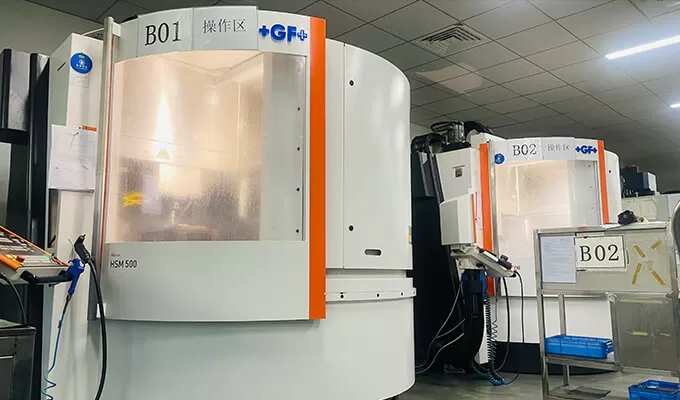
5-axis machining is a type of CNC (Computer Numerical Control) machining that involves the movement of a cutting tool or workpiece along five different axes simultaneously. These include the X, Y, and Z axes (standard in 3-axis machining), plus two additional rotational axes, usually referred to as the A-axis (rotation around the X-axis) and the B-axis (rotation around the Y-axis). This allows for extremely complex shapes and high-precision machining of parts from multiple angles without the need to reposition the workpiece.
Choose excellent quality machinery to help with your machining needs, our engineers have rich experience working in the precision engineering industry. Full range of projects from
small to large. Tight tolerance down to +/- 0.002mm. ISO9001:2015 Certified.
Short lead time and proof of certifications & inspection reports with every order. We mind our customers' after-sale service.
Excellent customer service with clear communications, instant online quote within 24-48 hours.
Cost-competitive in raw material considerations in a tough marketplace. We assist you with the most attractive prices.
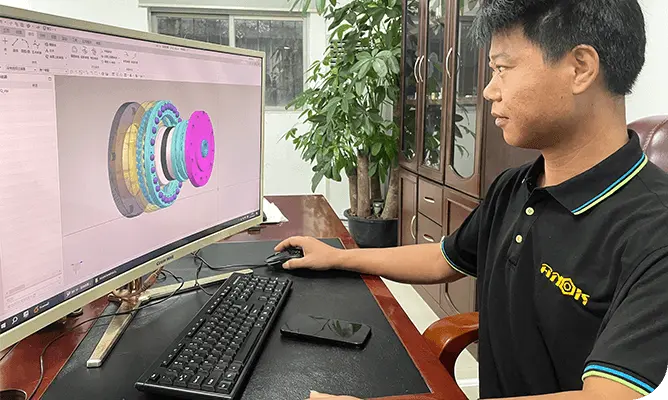
The process begins with the creation of a Computer-Aided Design (CAD) model of the part that needs to be machined. This is one of the most crucial parts of this process. We apply the latest mold design software, such as AutoCAD, SolidWorks, CATIA, Pro-E, and UG.
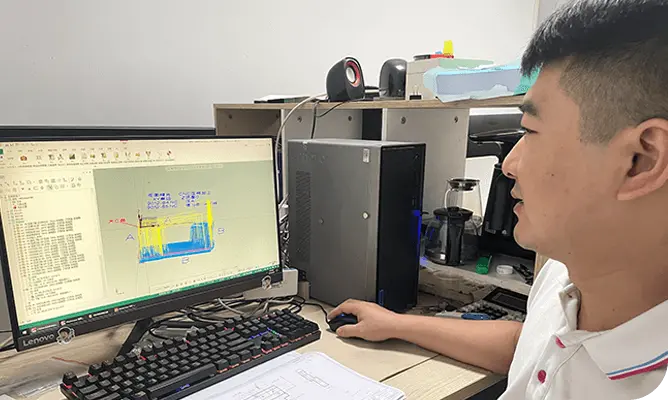
In this step, the design is translated into CNC-compatible codes that are readable by the machine. The tool path needs to be programmed according to the shape and size of the workpiece. The cutting path and cutting depth are determined through CAD software.
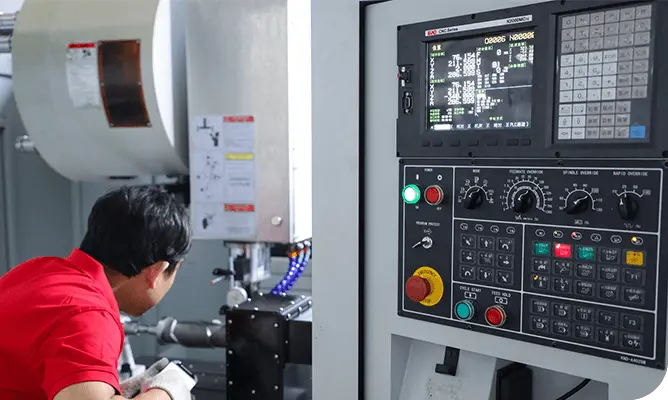
The machine needs to be set up for the specific job. The workpiece is mounted on the CNC machine, and the machine is set up with the appropriate cutting tools.
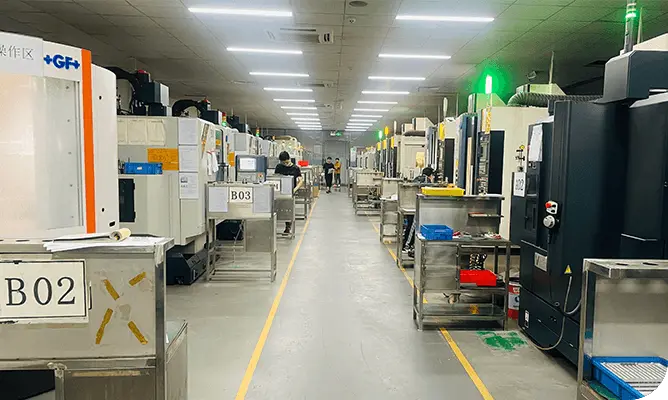
The machine then begins the machining process. It moves in the X, Y, and Z directions while the mounted workpiece rotates on the A axis, allowing continuous machining at different angles. Once the machining process is completed, the machinist needs to clean the machine and tools and take them to the right position.
We have the 4 axis capabilities to produce small, medium, and large complex components in a wide range of material grades, such as aluminum, stainless steel, copper, steel, and plastics. Get in touch with us for more information about the materials available for 4 axis machining.
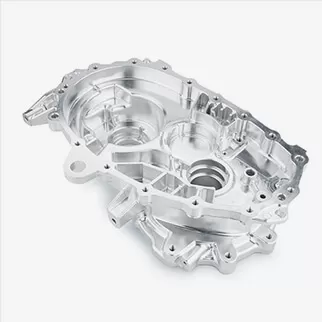
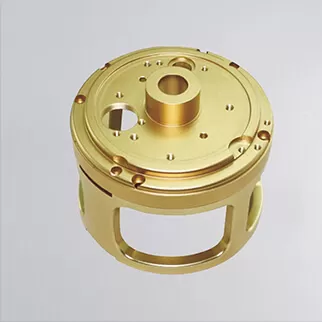
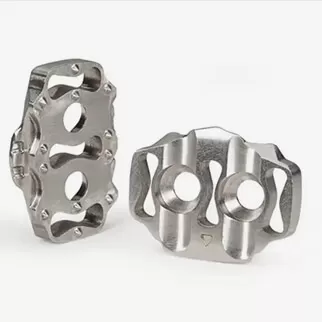
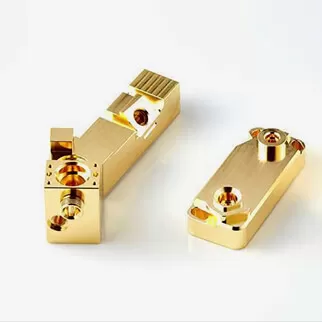

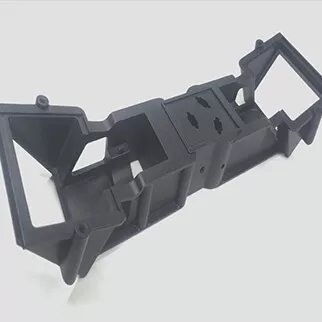
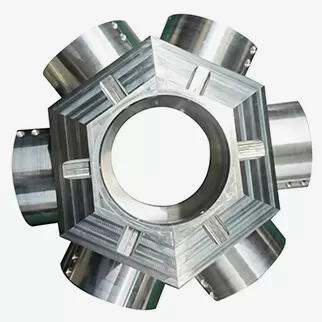
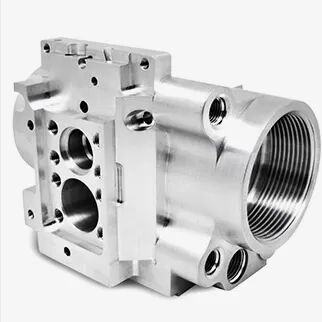
Our 5 axis machining capabilities enable us to manufacture intricate parts that require high precision, complex shapes, and tight tolerances at low costs.
This manufacturing process is suitable for applications in several industries, such as aerospace, medical, electronics, food, energy, etc.
If you want to find a reliable 5 axis machining supplier in China for more complex geometries, tighter tolerances, and quality surface finishes, please contact ANOK team directly for your specific projects. We owned five sets of machines in house to support your projects.
While 3-axis machining moves a tool along the X, Y, and Z linear axes, and 4-axis machining adds a rotational axis, 5-axis machining adds two rotational axes. This means the tool or workpiece can move and rotate simultaneously, allowing access to almost any angle on the part. This greatly expands the range of parts that can be produced and the complexity of the geometries that can be machined.
5-axis machining is used to produce complex parts with intricate geometries, such as turbine blades, aerospace components, medical implants, automotive engine parts, and complex molds. It is particularly valuable in industries where precision and complexity are critical, such as aerospace, medical, automotive, and defense.
Programming a 5-axis CNC machine involves using advanced CAD/CAM software to design the part and generate the tool paths. The software must account for the complex movements of all five axes, including the rotations. This requires careful planning and consideration of the part geometry, tool paths, and potential collisions. The programming process is more complex and requires more expertise than programming for 3- or 4-axis machines.
Challenges of 5-axis machining include the complexity of programming, the need for highly skilled operators, and the higher cost of the machines and tooling. Additionally, setup and fixturing can be more complicated, and there is a greater potential for collisions due to the increased number of moving parts.
5-axis machines are generally more expensive than 3-axis and 4-axis machines, both in terms of initial purchase cost and operation. The cost is justified by the increased capability, precision, and efficiency, particularly for complex parts. The programming and setup times are also typically longer, which can increase production costs. However, the ability to complete more complex parts in fewer setups can reduce overall manufacturing time and costs in some cases.
